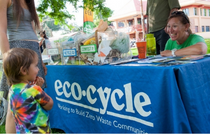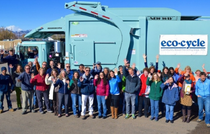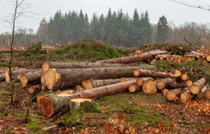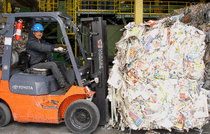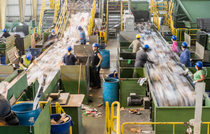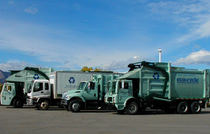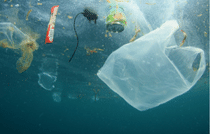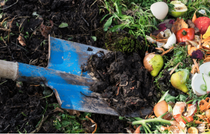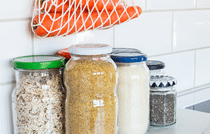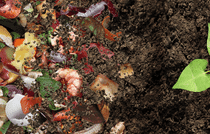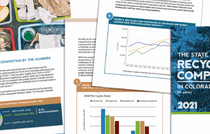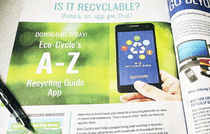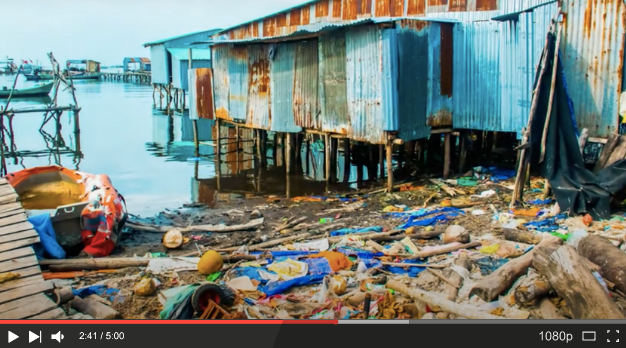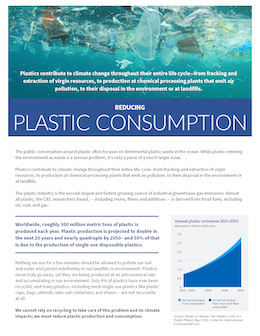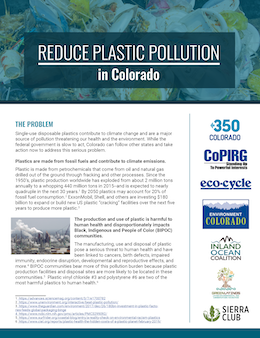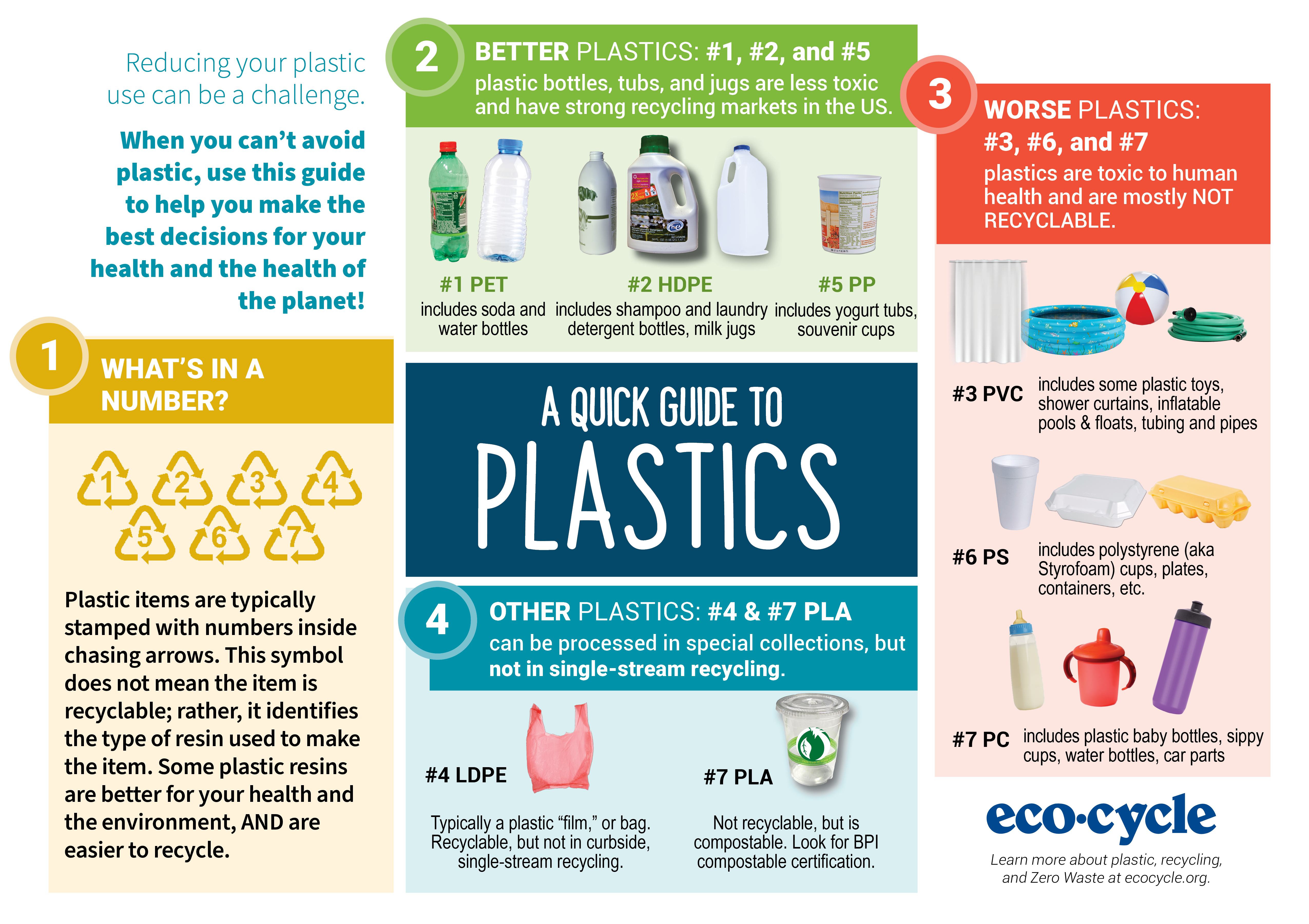Every stage of plastics—from resource extraction to disposal—contributes significantly to climate change and social injustices.
The ever-increasing production and disposal of plastics is fueling a global crisis affecting every ecosystem and species on Earth. While there is a lot of focus on the impacts of plastic pollution and litter in our oceans, it is critical to recognize that every stage of plastics—from fracking and extraction of fossil fuels, to production at chemical processing plants that emit air pollution, to their use by consumers, to their disposal in landfills and incinerators or as litter in our oceans and throughout the environment—contributes significantly to climate change and is inextricably linked to numerous other environmental, social justice, and public health tragedies. We can only advance the best solutions to combat our plastics crisis when we address the problems at each of these stages.
While plastics have led to many advancements in medicine, technology, and transportation, their use has also led to a sharp increase in single-use disposable plastic packaging and products. The reality is that recycling alone will never be able to keep pace with the increase of plastics production, and recycling is not the solution to this problem.
The answer is reducing the rampant production of these plastics, yet plastic production is expected to double in the next 20 years, and could triple by 2050—by which time, experts predict, there will be more plastic pollution in the ocean than fish. Much of this impact is due to our addiction to single-use disposable plastics. We cannot recycle our way out of this prolific problem and its social and climate impacts.
More facts about plastics production and pollution:
- Since the 1950s, plastic production worldwide has exploded from roughly 2 million tons annually to a whopping 440 million tons in 2015.
- Only 9% of plastics ever created has been recycled. Every piece of plastic ever made still exists, largely in landfills and also as litter.
- Plastic trash flowing into the ocean is expected to nearly triple by 2040.
- Chemicals derived from oil, coal, and natural gas—all nonrenewable resources that cause pollution—are used to make 99% of plastics. If these trends in production do not change, the plastics industry may account for 20% of the world’s total oil consumption by 2050.
The True Impacts of Plastics, from Extraction to Disposal
According to a 2021 report from Beyond Plastics, if current production trends keep up, plastics could be a bigger source of greenhouse gases in the US than the coal industry by 2030. That’s because 99% of all plastics are manufactured from fossil fuels—oil, gas, and coal—which emit greenhouse gases from cradle to grave.
According to a report called “Plastic & Climate: The Hidden Costs of a Plastic Planet,” released by the Center for International Environmental Law, if we continue on our path in which policies foster plastics production, the plastics sector will only increase its fossil fuel consumption and its resulting climate impact. According to the World Economic Forum, about 4–8% of annual global oil consumption is currently attributed to plastics production. If this reliance on plastics persists, that percentage will rise to 20% of the world’s oil by 2050.
The Impact of Oil and Gas Extraction for Plastic Production
Ninety-nine percent of all plastics are manufactured from fossil fuels extracted from the earth through oil drilling, hydraulic fracturing (or “fracking”), and mining. Over the past decade, oil and gas production in the US has more than doubled. Currently, over 800,000 active oil wells are located in the continental US, and an estimated 8 million people live near an active oil extraction site. As oil and gas drilling has expanded in recent decades, so has the release of toxic chemicals that are used and emitted in the extraction process. These chemicals not only pollute the air, but can contaminate groundwater as drills pass through a water table. In 58 studies of water quality near oil and gas production sites, 69% found evidence of water contamination associated with oil and gas production.
The Impact of Transporting Oil and Gas to Plastic Refineries
After fossil fuels are extracted, they are transported through flowlines or pipelines to refineries. According to the Center for International Environmental Law’s report, for the US, in 2015 alone, plastic production emissions associated with extraction and transport amounted to 9.5–10.5 million metric tons of CO2—which equates to those that would result from driving 2.1 million passenger cars in one year. In 2015, emissions from manufacturing ethylene—a basic building block for plastic production—was 184.3 to 213 million metric tons of carbon dioxide equivalent, or approximately the emissions generated by 45 million passenger cars in a year.
The Impact of Plastic Refineries and Crackers
Pipelines carry oil and gas to refineries and crackers, where they are processed and turned into polymers used to make plastics. Plastic is among the most energy-intensive of materials to produce. Fractional distillation—the process used to isolate petroleum from the crude oil mix—uses lots of energy, as does the “cracking” process in which ethane and propane are “cracked” into ethylene and propylene (the building blocks of plastic) using high-temperature furnaces. These polymers are combined with petrochemical additives to give the plastic resin different characteristics, such as making it transparent, pigmented, soft, hard, flexible, etc.
The Disproportionate Health Impacts of Plastic Production
Harmful pollutants emitted from oil and gas operations can impact human respiratory, circulatory, reproductive, immune, neurological, and digestive systems, leading to increased risk of cancer, obesity, asthma, diabetes, metabolic diseases, and infertility.
The people and communities facing the most significant health and environmental risks due to plastic production are those working at or living close to manufacturing sites. Emissions from refineries and cracker plants can expose workers and nearby communities to ethylene and propylene, which when combined with sunlight, form smog that has been associated with increased rates of cardiovascular problems and respiratory illnesses such as lung infections and asthma. Too often, those disproportionately exposed to and affected by the harmful upstream impacts of plastic are Black, Latino, Indigenous, and typically low-income communities. According to a report by the Center for International Environmental Law, plant workers and the communities near plastic production and incineration sites are exposed to toxic air emissions that are known to increase risk of cancer, neurological damage, and damages to immune, reproductive, nervous, and endocrine systems.
The Disposal Impacts of Plastics
Every piece of plastic ever created still exists on the planet, and only 9% of all plastics ever produced has been recycled. The downstream impacts—the impacts of plastic that occur after we consume an item—are tangible, but despite the fact that we know plastics are taking up space in landfills and polluting oceans, the problem is even bigger than the eye can see.
Microplastics
Nearly all plastics are made from fossil fuels. These plastics are not biodegradable, meaning they do not decompose. When plastic objects end up as litter, they break down into tiny pieces when exposed to sunlight and other elements. These tiny particles are called “microplastics,” and they’ve been found in animals, soils, water, and in humans all around the world. According to a study by the University of Newcastle, in Australia, people around the world ingest an average of around 2,000 microplastic particles a week, equivalent to the weight of a credit card.
Solutions to the Global Plastics Crisis
The global plastics crisis isn’t inevitable; it is the result of a poorly designed production system. The good news is, we have the power to change that system. We need to replace our linear system that goes one way—from extracting the planet’s finite resources to destroying them in a dump or incinerator—and replace it with a far more sustainable, circular system. We can do that if we:
- Eliminate problematic and unnecessary plastics that shouldn’t be in production in the first place. Some plastics are unnecessarily more toxic, polluting, and nonrecyclable. Rather than seeking a recycling solution for these materials, we need to reduce or eliminate them all together.
- Work with producers on better product design. We need to simplify and standardize plastic packaging, creating innovative approaches to ensure that the plastics we do need are reusable, recyclable, or compostable.
- Enact Producer Responsibility policies. The plastics crisis isn’t one that can be solved by simply engaging governments, recyclers, and consumers. We need to hold industries responsible for the products and packaging they produce. Across the US, states are turning toward Producer Responsibility policies to fundamentally revamp and reinvest in our recycling systems to build a more efficient, financially sustainable system.
What you can do:
For so long, the plastics industry has waged campaigns to make it appear that our plastic pollution problem is the fault of consumers unwilling to recycle. You already recycle, but the real change will come with support of the systemic changes above. Engaged, educated, and responsible individuals can collectively transform entire systems and communities.
- Learn how you can engage in campaigns that lead to systemic change.
- While we work toward systemic change, learn how you can eliminate plastics from your life and send a message to producers.
